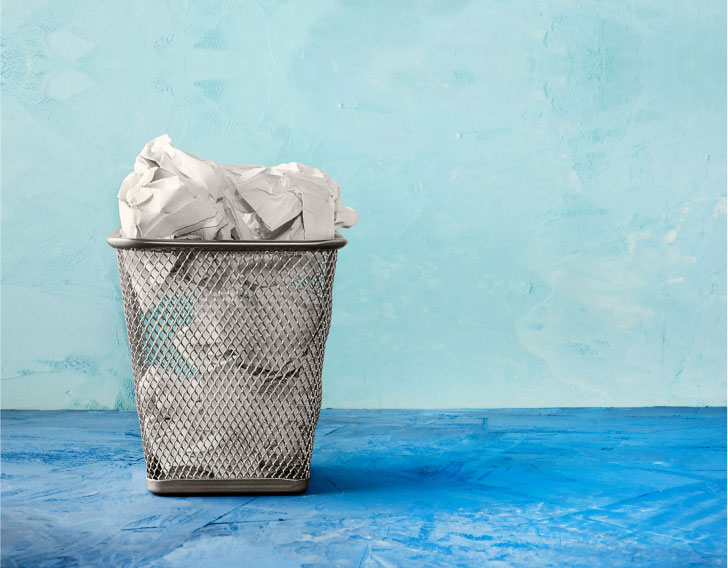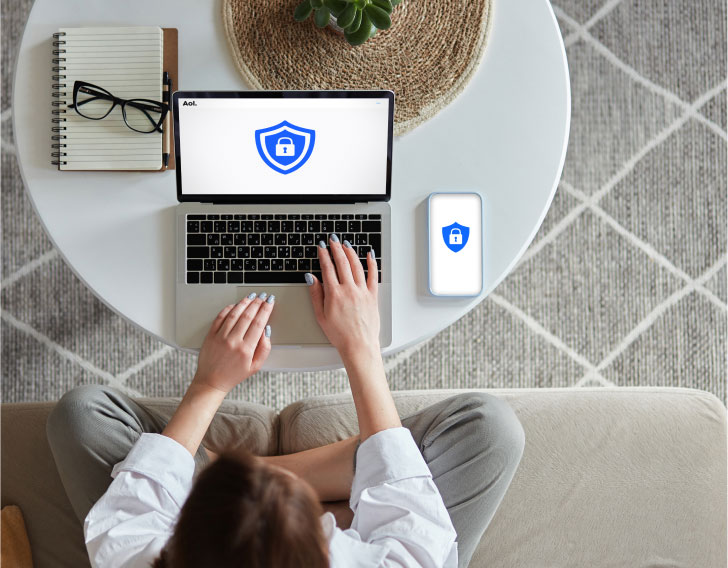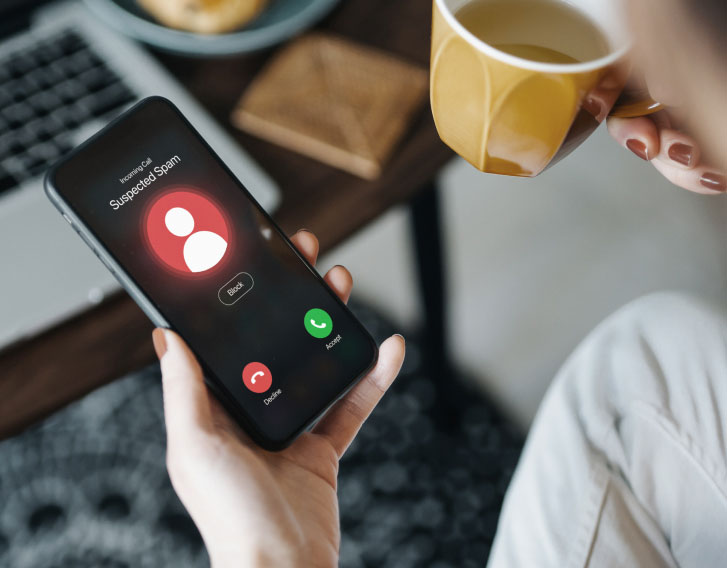Computer health
The Hidden Dangers of Downloading Pirated Content
Your favorite actor is appearing in a long-awaited television series, and you can’t wait for the premiere!
The only problem is that it’s on a streaming service you don’t subscribe to. And your budget can’t afford yet another monthly subscription.
You could wait until your budget allows for it, but that means you’ll probably hear all the spoilers before you get a chance to watch.
You’ve also heard that you can download the pirated content without having to pay or wait to watch.
But is that really a good idea?
Besides the potential legal consequences and questions about your integrity, there are other complications you’re probably unaware of.
Pirated content often contains malware, ransomware or other viruses that put your sensitive information at risk. Hackers will steal content and threaten media firms that it will be released unless a ransom is paid.
Then, you’re next.
The hackers will infect the stolen content so that when you download it, you give them the key to your personal data. They could also hold your computer hostage through ransomware, lock you out of your files, and demand payment before it’s released.
What to Do If You’re a Victim of a Ransomware Attack
If you are a victim of this type of malware, the FBI urges you not to pay the ransom. Not only will you be out of money, but it’s also not a guarantee you’ll get your data back. In a memo released by the Bureau, victims are asked to report the incident to federal law enforcement so that they can keep accurate tabs on the malware threat.
Here are other recommendations for what to do if you’re a victim of a ransomware attack:
- Try to stay calm – It may be hard to remain composed when your computer and valuable data are taken hostage, but it’s important not to panic. The more level-headed you are, the more you won’t make rash decisions and can make better, more informed decisions.
- Capture an image of the ransomware message – Use the camera on your phone or another device to capture an image of the ransom note sent to you. Having it documented will be helpful when filing a police report and may assist in getting your files recovered more quickly.
- Isolate the impacted device – As soon as you notice the ransomware, remove the infected device from your network immediately. Ransomware is known to spread to networks as well as to any connected devices.
- Disconnect backup files – As with other devices, remove any backup files from your network to avoid infection. Your backup files are your best bet for restoring data, so keeping them away from the virus can help during the restoration process.
- Change your passwords – Assume all your passwords have been compromised and change them once the affected systems have been removed from the network.
- Identify the strain and employ decryption tools – Whenever possible, utilize free identification tools, such as one from Emsisoft or ID Ransomware. Once you uncover the ransomware strain, you can use a decryption tool to help restore your system.
- Report the incident – Be sure to contact law enforcement as soon as possible after the attack happens. Start with your local authorities and follow their directive on contacting the FBI or other agencies.
How to Protect Yourself Against Ransomware Attacks
The best defense against a ransomware attack is to stop it before it happens. Here are a few tips to help you prevent an attack: Regularly back up data – Utilize Assist by AOL, which has experts available to help you back up data or troubleshoot an internet connection. Having your data stored somewhere other than your personal network can help you keep data safe. It will also help you recover some or all your data in the event an attack happens.
- Don’t click on unsafe links – Never click on links or attachments located within spam messages or that direct you to an unknown site. Once you click on an unsafe link, you’ve activated the virus download.
- Only access software or files from reputable sites – When you download pirated content or files from sites you’re unfamiliar with, you are at a high risk of being infected with ransomware or other dangerous viruses.
- Keep systems and devices updated – By regularly updating operating systems, you help prevent attacks from many types of malware. Always update the latest security patches, making it more difficult for cybercriminals to infect or hack your systems.
- Use a VPN when on a public Wi-Fi network – Utilizing public networks can expose you to many potential hazards that put your data at risk. By using an AOL product like Data Secure by AOL, you can utilize Private WiFi® or McAfee to protect sensitive information.
- Purchase an anti-virus program – Having software in place that is designed to combat the latest online threats can help you prevent attacks. AOL subscriptions like Malwarebytes can help block dangerous malware from attacking your devices.
Even though it may be tempting, refrain from downloading stolen content. The reward is only short-lived, and you could spend several days or months getting your files recovered. Be sure to follow the tips above to help keep your data safe and prevent viruses from attacking your devices.
Published on 07/12/2023


